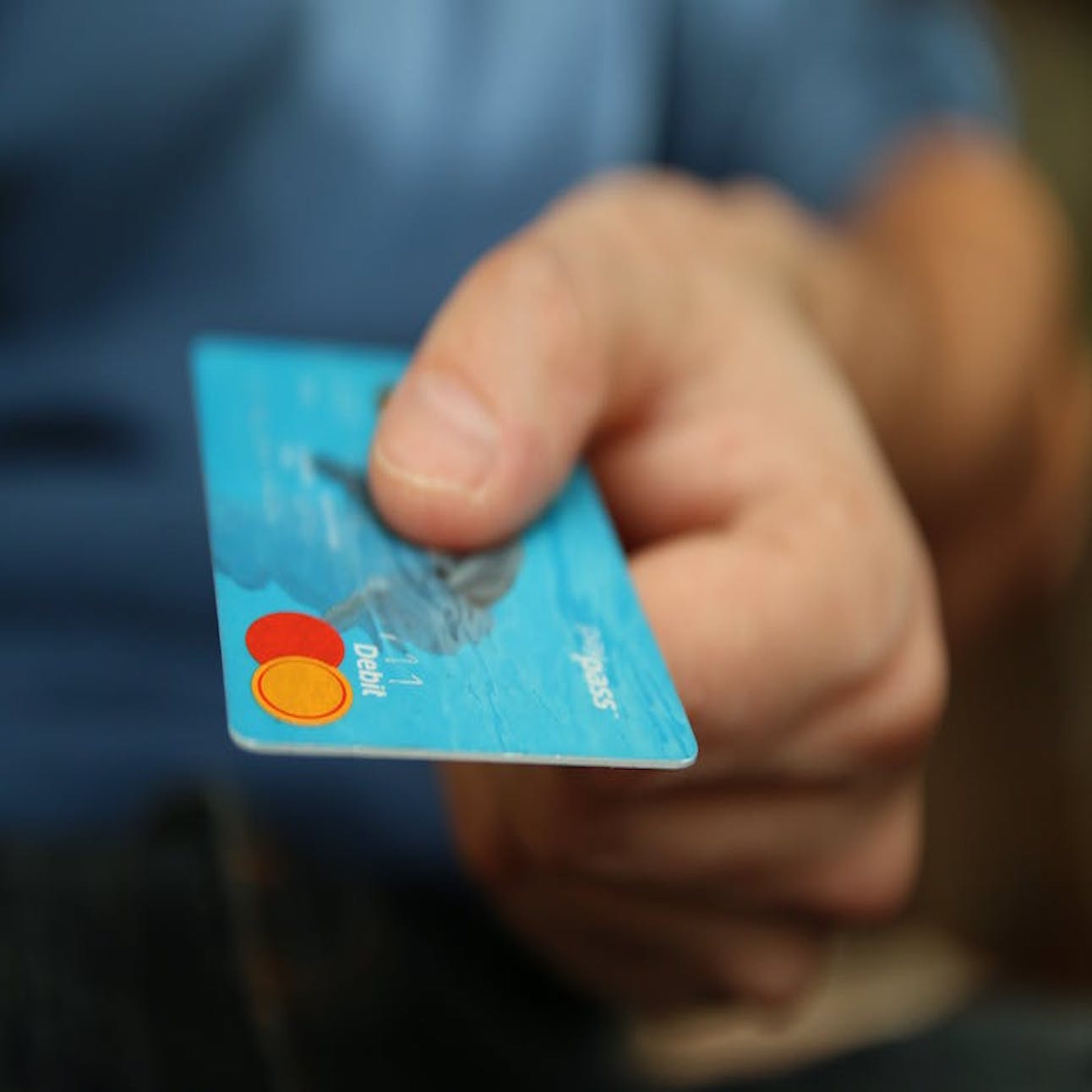
The average Canadian has $73,532 in debt and a large portion of this comes from revolving debt, such as credit cards. If you don’t manage your credit and revolving accounts wisely, you could get in over your head.
While credit cards and revolving loans can be beneficial if used correctly, they can also be dangerous. Failing to take control of your revolving accounts can trap you in a cycle of debt that can be difficult to get out of.
To avoid this, be sure to use these Kingcash tips to better control your revolving debt.
Create a Budget
If you want to manage your revolving debt responsibly, you need to create a budget.
You should have a clear idea of both your income and your spending, so consider reviewing your habits for a few weeks or a month to see where you stand. Using a budgeting app or tracking your spending manually can be incredibly helpful and can allow you to get an idea of what your current spending is.
Once you understand your current cash flow, you should then create a budget that takes it into consideration. Set amounts that you want to spend on various categories each month and then try to stick to your budget.
Keeping a close eye on your budget will help you manage your revolving debt effectively and avoid missing payments.
Pace Yourself
If you already have revolving debt, try to create a plan for paying it off without biting off more than you can chew. You should set achievable goals and pace yourself.
Even if you’re eager to pay off your cards, ensure that you can still keep a comfortable lifestyle while doing it. Trying to pay off your debt too aggressively may cause your plan to backfire since it won’t be very sustainable.
Remember that paying off debt is usually a marathon rather than a sprint. You should set reasonable goals for yourself so that you’ll be more likely to continue following them in the long term.
Follow a Smart Pay-Off Method
When paying off credit cards and revolving debt, it’s a good idea to adopt a smart debt pay-off strategy.
With the “snowball” method, you’ll aim to pay off the account with the smallest balance first. Then, you’ll move on to the next one. Paying off your debt in this way allows you to celebrate your wins and completely eliminate some of your debts more quickly.
Using the “avalanche” method, you should start by paying off debts that have higher interest rates. Then, you’ll move on to the next one. Using this method, you’ll eliminate high-interest accounts and will pay less interest overall.
Either of these options can be a great choice. However, be sure to have a strategy of some kind. This will help make it easier for you to stick to your goals.
Reduce Your Bills
With a lot of bills to pay, managing and paying off your debt will be more difficult.
If you want to improve your financial well-being and pay off debt more easily, it’s a good idea to take a close look at your current bills. Then, eliminate anything that you can.
If you have multiple streaming service subscriptions, for example, you might want to consider getting rid of a few of them. You might also want to consider eating out less, negotiating with your utility companies or eliminating other services you don’t really need.
Reducing your bills can go a long way in helping you manage your debt effectively. Even an extra $50 a month could make a big difference.
Consider Debt Relief Options
If you already have a significant amount of revolving debt, it’s worth exploring some of the options that are available for debt relief.
One option is debt consolidation. With debt consolidation, you’ll take out a loan to pay back revolving debts such as credit cards. You might want to consider getting online loans through kingcash.ca.
If the interest rate is lower on your debt consolidation loan than it is on your cards, then it could help you to pay off debt faster and reduce the overall interest you pay.
You might also want to consider a debt management plan, or in extreme cases, bankruptcy or debt settlements. If you’re in over your head, be sure to explore some possibilities and consider whether any of these debt relief options are right for you.
Keep Your Balances Low
To manage your debt successfully, you should aim to keep the balances on your credit cards and other accounts as low as possible.
Even though you may have a high credit line available, it doesn’t mean that you should use all of it. The high interest on your accounts could add up once you have high balances and can trap you in a cycle of debt. In addition to being more difficult to pay back, using too much of your available revolving credit could lead to your credit score going down as well.
Ideally, keep your credit utilization at a ratio of 30% or less to ensure your score isn’t negatively affected.
Always Make Payments on Time
If you have revolving debt, be sure to make your payments a priority. You should always pay on time every month without fail.
If you miss payments, then you could end up with late charges on your various accounts and your interest rates could go up as well. Missed payments may also affect your credit score.
While it may sometimes be difficult to make payments, you should do everything in your power to take care of them. Making your payments successfully now will help you avoid higher costs later.
Using These Revolving Debt Tips from Kingcash
If you have revolving debt, you should manage it responsibly. Be sure to create a budget, set achievable goals, and make your payments on time.
Do you need fast loans in Canada? Apply for an online loan through Kingcash today.


